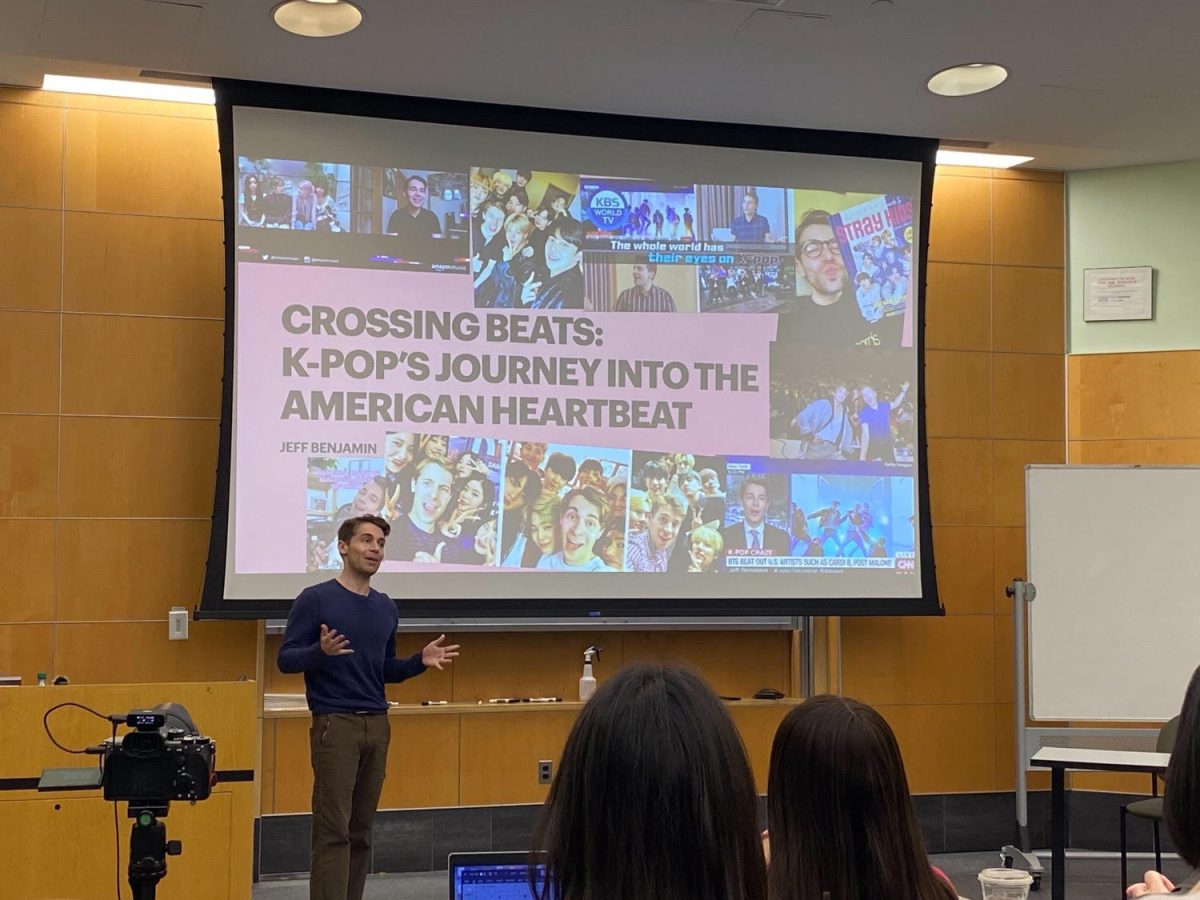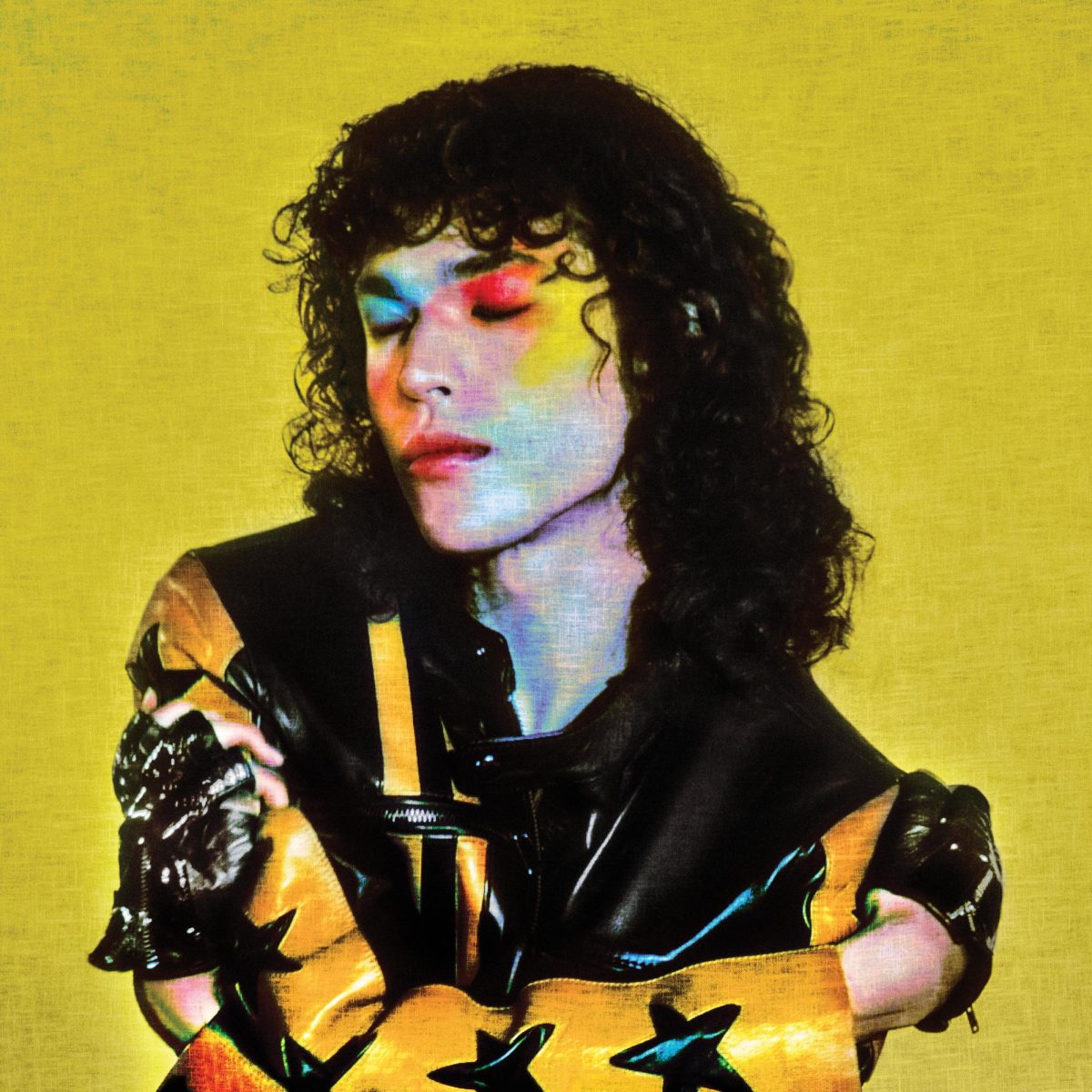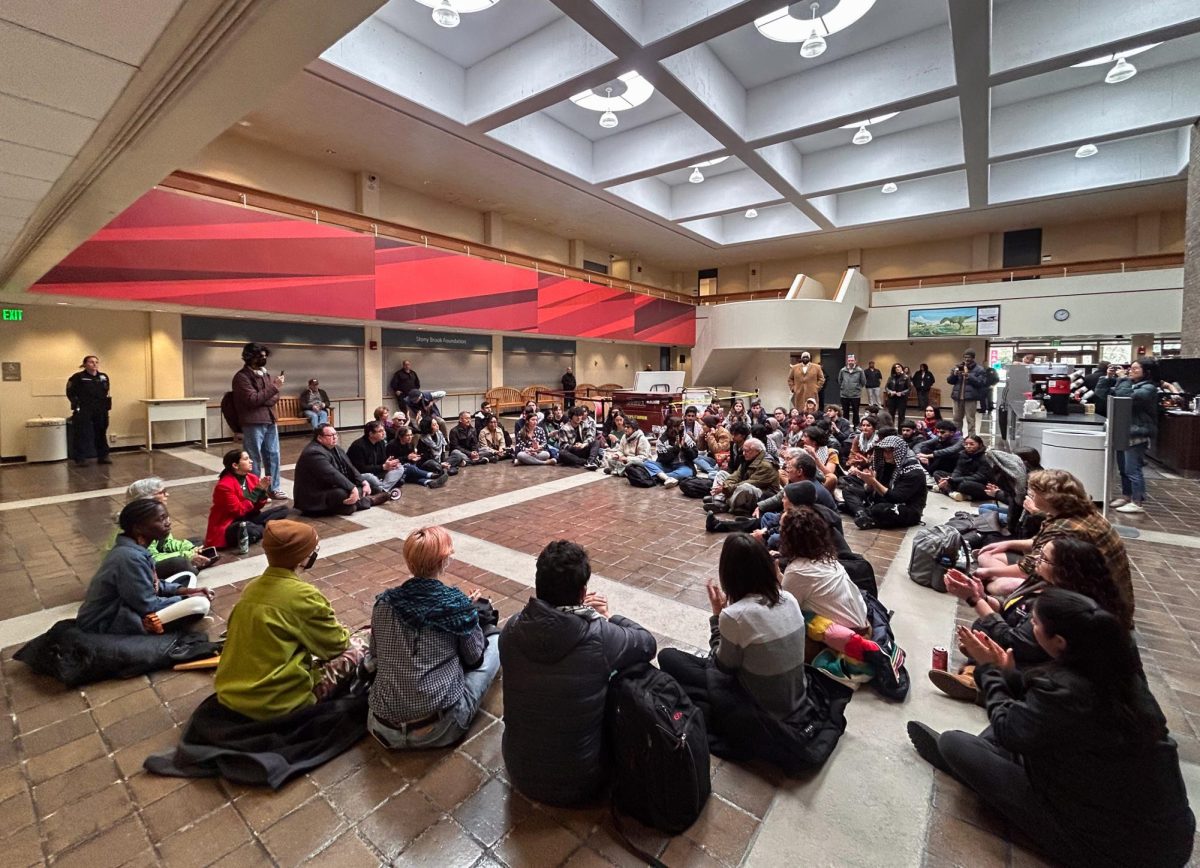Contemporary artist Ren Zi is trying to change reality by rewriting the foundations of society. The artist held a lecture on Asian art perspective at the Charles B. Wang Center on Thursday, Sept. 10.
His installment at the Zodiac Center in The Wang Center is a new approach to art. It focuses on using items that have some sort of emotional attachment to the artist. There are glass doors covering the piece, and they represent “sealing the emotional spirit in the work,” according to Zi’s lecture.
The low music and the faint picture resemble how memory is not vivid and vibrant forever. The viewer has to strain their eyes to see the picture and focus on actually listening for the music. His deceased friend inspired the alternative rock playlist that accompanied the artwork.
Zi was born in Singapore and studied at the National University of Singapore. Although he had a found love for art, he knew he would not be able to make a living and support his parents that way. He received a Bachelor’s degree in Psychology and later became a copywriter for advertisements.
Psychology, in his eyes, was practical, and writing drove him away from art. He decided to listen to his heart and became a digital artist 10 years ago.
One of his biggest influences is the idea of transformation. Everyone’s minds and memories transform every day, and life is ever changing. That is what drives his pieces.
He believes that people want their memories to stay the same forever, but in reality that is just an illusion, and he describes through his series of artworks that people, he included, change their minds/memories every day. He described himself as mutable.
“I am not fixed,” Zi said.
As he explained in his lecture at the Wang Center on Thursday, the Hindu concept is one God with different manifestations. In his art, he says that the different characters represented in his work represent him, his moods and his behaviors.
His work stems from several elements: personal mythologies, Greek mythology, Taoism and Buddhism. Zi’s personal mythologies are how he has grown and changed from his childhood. When it comes to Greek mythology, he believes in tricksters.
Tricksters are characters in mythology with motives, good or bad. For example, Hermes is a trickster.
Taoism deals with curiosity, and Zi was rather intrigued by it. He lives by the mantra “nothing is permanent,” which intertwines with Buddhism.
Zi’s work layout is in no specific order. He think in terms of an “arc.”
When brainstorming, he picks whatever resonates with him and then leaves room for spontaneity. He believes that is what makes it most exciting.
From a small place in Southeast Asia, to the streets of New York City, Zi has left his artwork as open-ended stories in the eyes of his audience.
With his vast imagination, he teaches people to accept change and live with an open mind. As he says, nothing is permanent.

















